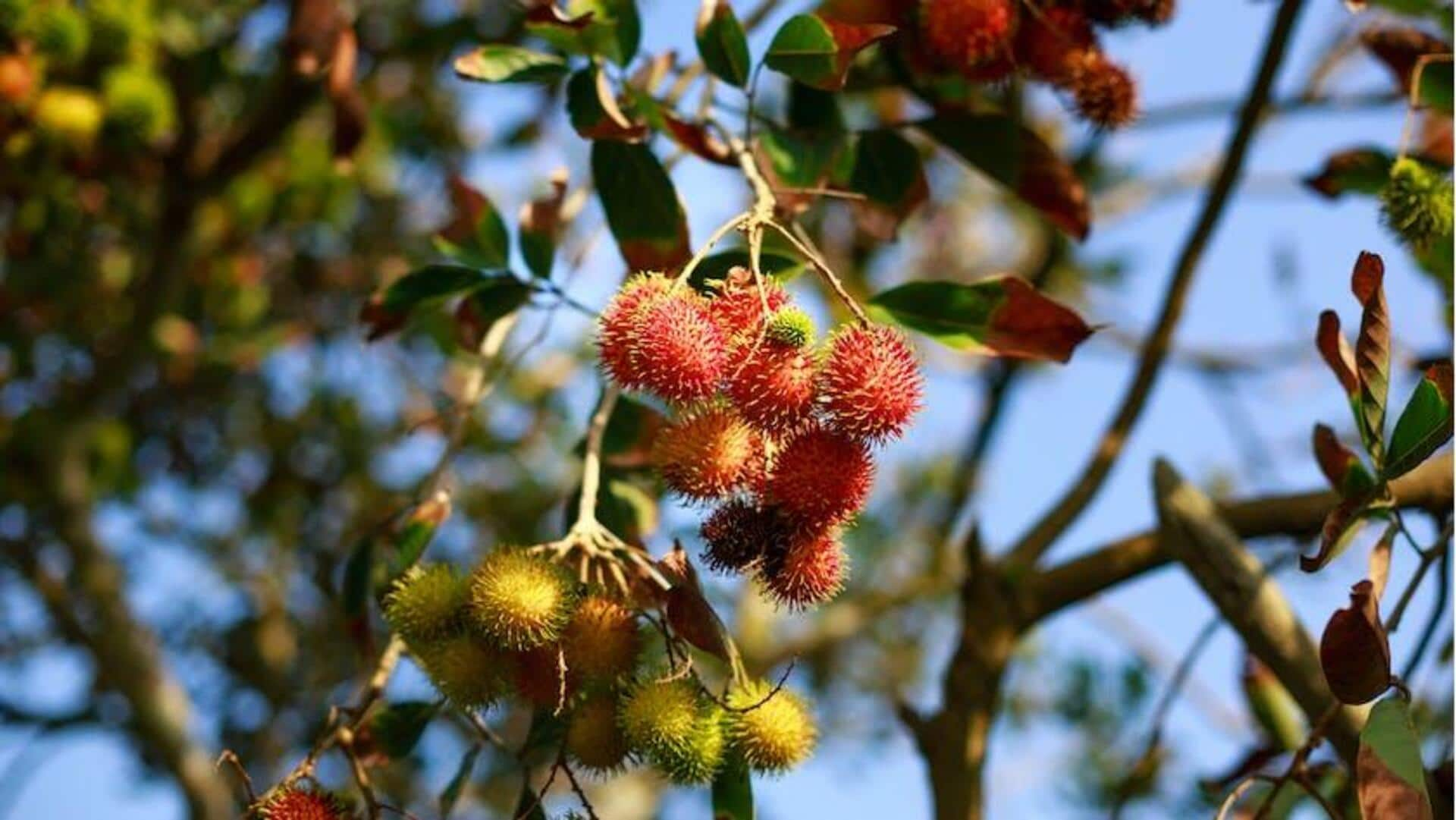
Unique exotic plants you can consider growing in your backyard
What's the story
Exotic plants and vegetables have found their place in many Indian gardens and, subsequently, on kitchen shelves. While most of these non-native plants can thrive in India's diverse climates, it is essential to choose those that adapt well and offer a relatively quick harvest. Here are some exotic plants that you can incorporate into your gardening endeavors, offering both delicious and nutritious benefits.
Plant 1
Fig
Figs, which are native to the Middle East and Western Asia, have flourished across many regions of India. Robust fig trees can bring a touch of the Mediterranean to your garden while bearing delicious and nutrient-rich fruits within just a few years. When planting in the ground, choose a warm, sheltered spot with free-draining soil.
Plant 2
Kiwi
Kiwi is a tropical fruit that thrives in hot, humid areas. However, it needs moist, wholesome, but well-drained soil. Furthermore, the growth of these unusual plants can be hampered by strong winds. Though it takes about three or four years to bear the fruit, it would be worth the wait as kiwis are in demand today due to their high nutrition and medicinal value.
Plant 3
Rambutan
Rambutan native to the Malaysian−Indonesian region is widely cultivated and consumed across southeast Asia. This edible fruit is closely related to litchi and longan. It is mainly attractive due to its vivid red, prickly appearance. For healthy growth, rambutan trees require full sun and moist, quick-draining soil. However, a little moderate shade at noon is encouraged in hot, dry conditions.
Plant 4
Kale
Due to its role in combating diabetes, cancer, and heart disease, kale is renowned for its many health advantages. Originating in the eastern Mediterranean side, kale thrives in fertile and free-draining soil. You can grow kale in pots, it just needs to receive abundant sunlight and a constant water supply. Kale leaves can be harvested when they are about 6-8 inches long.
Plant 5
Bilimbi
Bilimbis are native to Indonesia and Malaysia. They later spread across South Asian countries including India. While raw bilimbis are bright green, as they ripen and become glossy and yellow, they also become sensitive and squishy. Bilimbis are typically harvested when they are still green usually 3-4 months after flowering. Bilimbis are less resistant to cold and grow best in rich and well-drained soil.